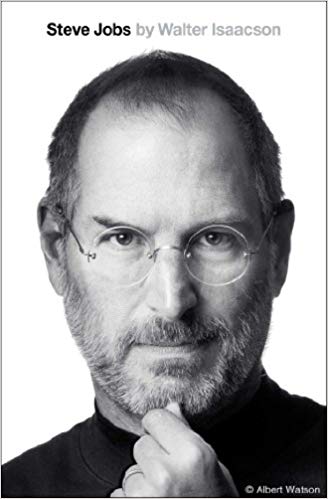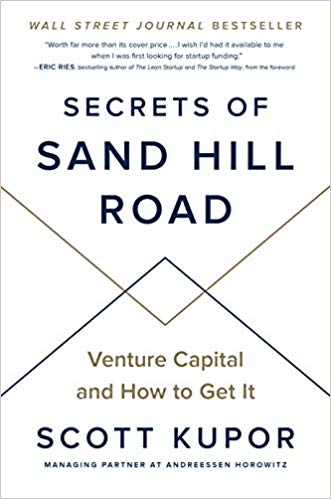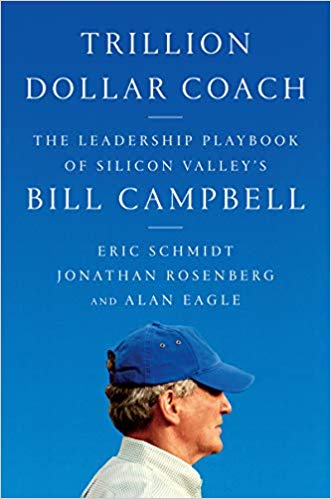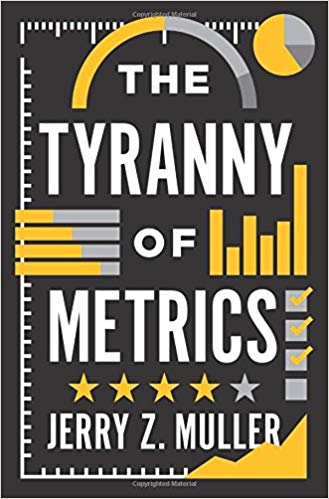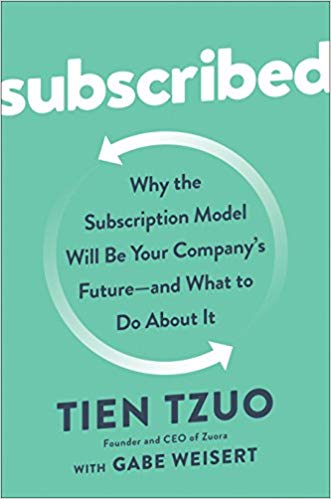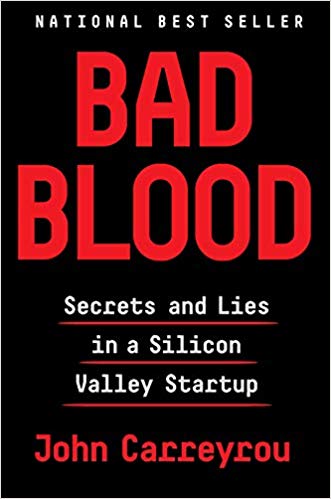5 Takeaways from Steve Jobs
Steve Jobs. Just saying the name evokes several images: success, billions, turtlenecks, iEverything.
You can’t have a tech-focused blog with book reviews and not include Steve Jobs by Walter Isaacson.
Summary
Steve Jobs’ triumphant return to Apple is perhaps the most famous redemption story since the Prodigal Son. Jobs founded Apple Computer in 1976 with his friend Steve Wozniak. After initial success, Jobs’ projects at Apple resulted in a series of flops. Jobs also exhibited erratic and irritating personal behavior. These factors led Apple’s Board of Directors to force Jobs to leave the company he founded.
Jobs was devastated about having to leave, but he wasn’t idle. He went on to form NeXT, became the CEO of Pixar, and finally returned to Apple in the ’90s to rescue it from bankruptcy.
In Jobs’ second stint at Apple, the company created several transformative products. Apple eventually became the world’s most valuable company and one of its most iconic brands.
5 Takeaways from Steve Jobs:
1. Field an A-Team. Jobs was was obsessed with making sure Apple only had “A players.” “B and C players” were not tolerated. Jobs was not the most technically talented individual, but he was the link between creativity and engineering. He had a vision and could find people to do what he couldn’t.
In addition to technical greatness, Apple A Players needed another skill: the ability to deal with Jobs’ demanding–and often rude–management style.
2. People judge your product by its appearance. This was a core tenant of Apple’s marketing philosophy over the years. Jobs not only wanted great products, he wanted them to look great, feel great, and excite people. He cared about the look of product packaging. He wanted people to remember opening the box of a new Apple product. People lined up overnight to buy new Apple products. How many brands can say that?
3. Persistence. Jobs had flops (Apple’s Lisa computer, the NeXT computer) and failures (he was forced out of Apple, the company he founded). But he never stopped innovating. It’s rare for creators to be most creative after 40, but that’s what Jobs did. Jobs’ failures serve to make his story more interesting, but he is not remembered for them. If one idea doesn’t work, maybe the next one will.
4. Simplicity is the ultimate sophistication. Leonardo da Vinci’s phrase was a guiding principle of Apple products. One of the things that made Apple products successful is their ease of use and their intuitiveness. People don’t use products they can’t figure out. A reporter traveling in Africa once handed an iPad to a local who had never seen a computer. Within minutes the local knew how to use the device. It doesn’t get more intuitive than that.
5. Focus. More products and features are not always good. They can create distractions and dilute resources. When Jobs came back to Apple he killed most of the company’s products. He drew 2 axes: Consumer/Pro and Desktop/Portable. One product went in each quadrant. As a result, Apple stopped wasting resources and engineering time on products nobody bought. More products don’t mean more sales if the products aren’t any good.
Bonus Takeaway: One of Apple’s board members when Jobs was CEO was Bill Campbell. Campbell is also known as the Trillion Dollar Coach because companies he advised have a combined value of over $1 trillion.

